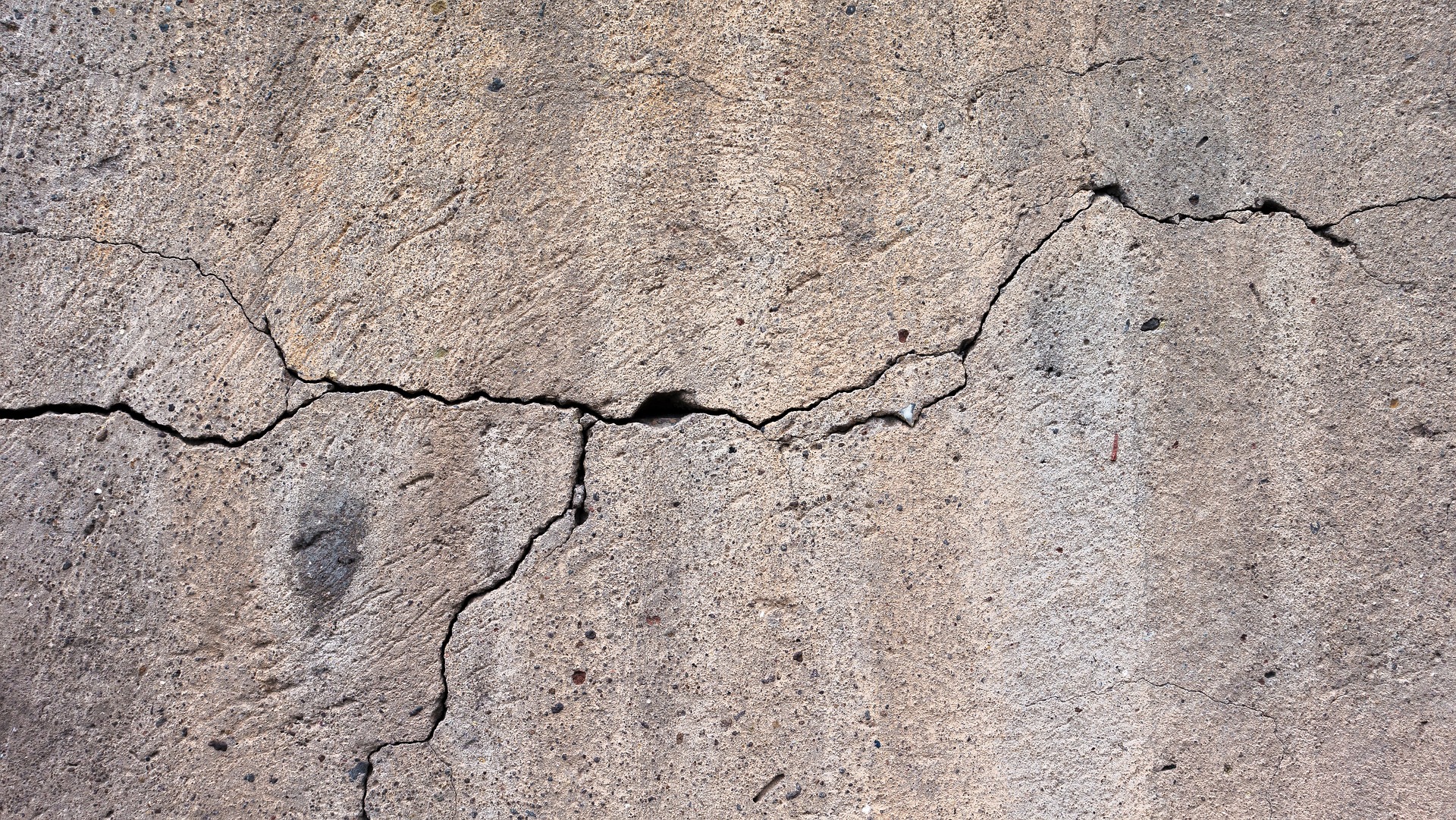A Fresh Look at the Phenomenon of Slow Living
The world today seems to be moving at a breakneck speed, but a counter-movement is quietly taking shape. It's called slow living, a lifestyle choice that prioritizes a slower, more mindful way of life. What is it and why is it gaining traction? Read below to discover the answers.

Background on Slow Living
The concept of slow living emerged during the late 1980s as a reaction to the fast-paced lifestyle often associated with modern western societies. The Slow Food movement, which began in Italy as a protest against the opening of a McDonald’s in Rome, is often credited as the birth of the slow living philosophy. The idea was to counteract fast food and fast life, to promote local food production and traditional cooking methods, and to encourage a more leisurely and meaningful pace of life.
The Rise of Slow Living
In recent years, slow living has gained significant attention beyond its culinary origins. It has expanded into various spheres of life, from travel and fashion to work and education. This rise can be attributed to increasing stress levels and burnout associated with the fast-paced lifestyle of the digital age. People are seeking ways to reconnect with themselves, others, and their environment, and slow living offers a way to achieve this.
Unpacking the Slow Living Lifestyle
Embracing slow living means different things to different people. However, some common themes emerge. It involves prioritizing quality over quantity, focusing on experiences rather than possessions, and cultivating mindfulness and intentionality in daily life. It is about choosing to live in a more balanced, meaningful, and sustainable way.
The Societal Implications of Slow Living
The slow living movement has the potential to reshape societies in various ways. It encourages more sustainable consumption practices, which can contribute to environmental preservation. It also promotes mental health by combating stress and burnout. Moreover, it fosters community connections as people spend more time with family and friends or engage in local activities. It could also lead to a re-evaluation of societal measures of success, shifting away from material wealth and towards well-being and life satisfaction.
Making Sense of Slow Living in a Fast-Paced World
Slow living can seem counterintuitive in our fast-paced world, where speed and efficiency are often prized above all else. However, it offers a reminder that our time is precious and that slowing down can enhance our quality of life. It challenges us to question our priorities and to make conscious choices about how we live our lives.
In a society that often feels rushed, the slow living movement invites us to pause, to breathe, and to savor each moment. It is not about doing everything at a snail’s pace, but about seeking to do things at the right speed. It is a timely response to the challenges of modern life, offering a fresh perspective on how we can live more fulfilling and balanced lives.




